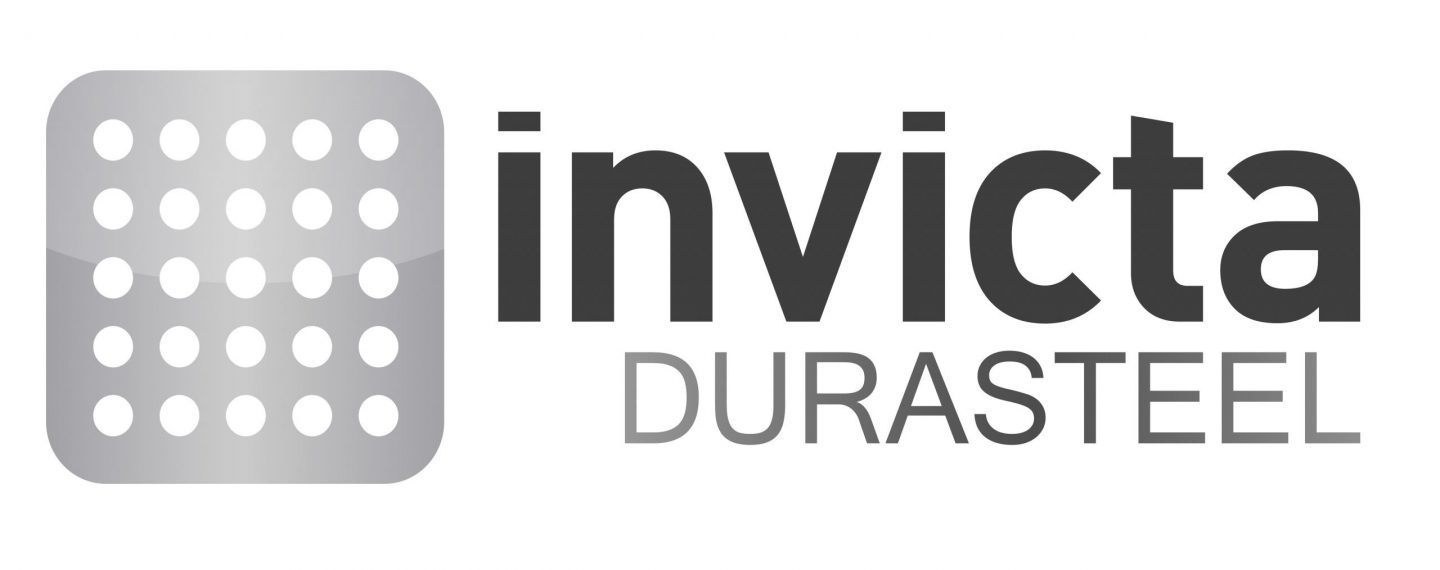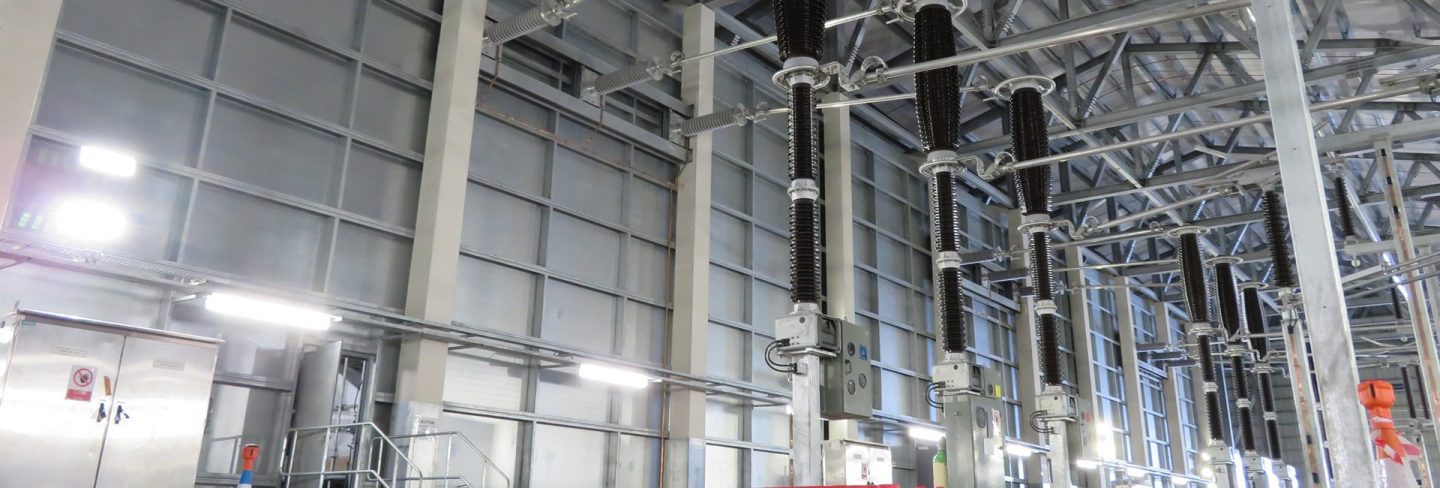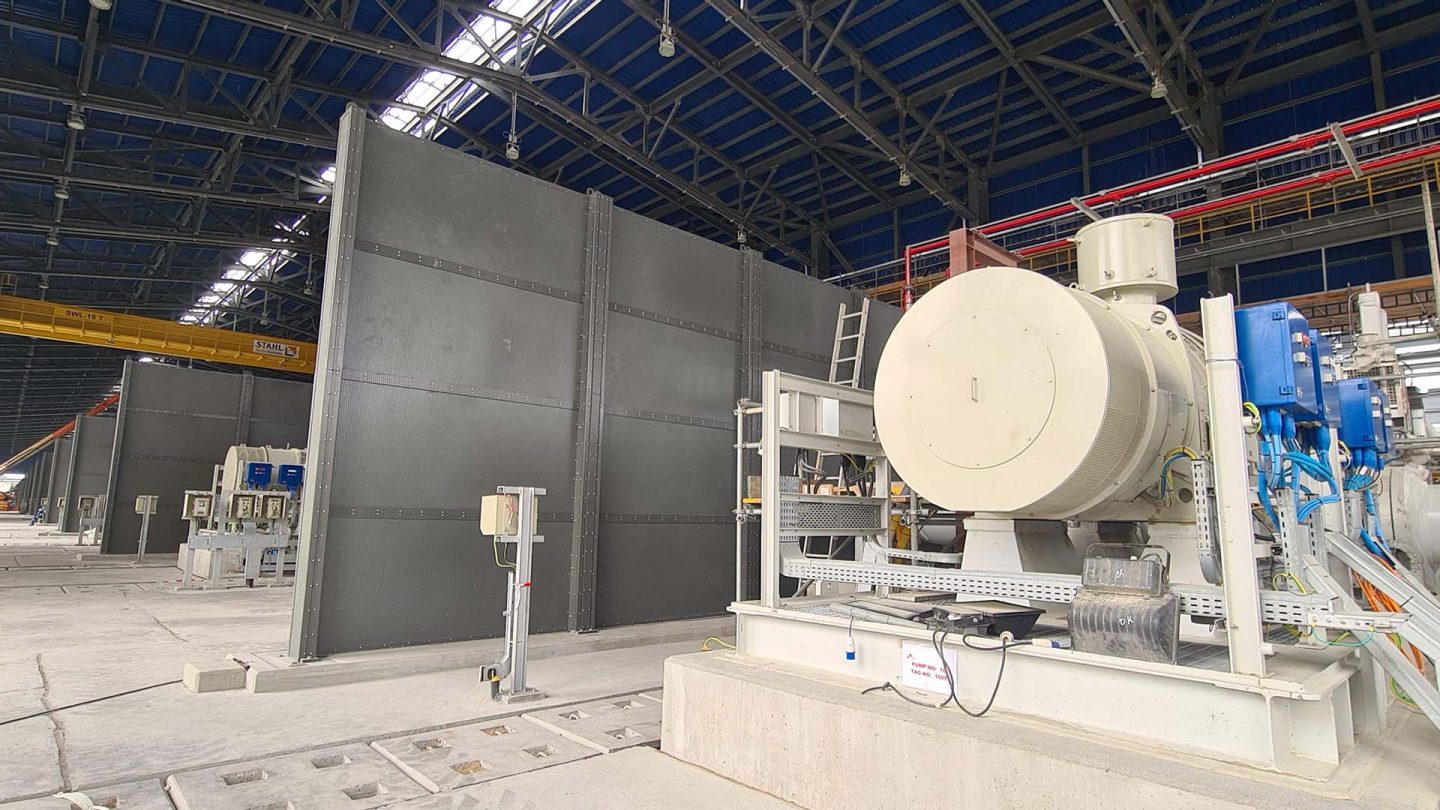For your information
You are being redirected to one of our divisional subsites which contains more detailed information on the required division. To navigate back to the main Invicta Group site, please click the link found in the footer at the bottom of the page.
- Durasteel
Discover the benefits of Durasteel
- Systems
Systems
- Expertise
Expertise
-
Applications
- Aircraft Hangar Fire Protection
- Battery Storage Facilities
- Building Fire Compartmentation
- Anti-Terrorist Blast Protection
- Cable Tunnel Fire Compartmentation
- Equipment Delivery Hatches
- Equipment Enclosures
- Heat Shields
- Power Station Fire Protection
- Metro and Rail Fire Protection
- High Voltage Cable Protection
- Substation Fire & Blast Protection
- Tunnel Fire Protection
- Oil & Gas Fire & Blast Protection
- Ventilation Systems
- Wind Farm Fire Protection
-
Applications
- Projects
- Insights
Insights
-
Articles
- Blast Protection System Design Considerations & Design Criteria
- How to Conduct a Fire Risk Assessment for Factories and Warehouses
- Minimising the Risk of Fire, Blasts & Explosions in the Middle East
- Understanding Integrity, Stability and Insulation in Passive Fire Protection
- Triangle of Fire & Active vs Passive Fire Protection
- Frequently Asked Questions
- A to Z of Terms
-
Articles
- Contact
Contact

UK +44 1843 220 256

US +1 305 328 9444

UAE +971 4 277 6225

Qatar +974 4441 4340

India +91 99 0355 9793

Malaysia +60 16 286 6225
- Start your project
Why climate change (and cuts) make a case for fire protection
5th January 2023
Quick Quote
Contact Fraser Shearer Sarun Vysakham Ben Tan Azim Rizvi Anand Raghavan Our USA Office
To get a quotation or arrange a free site survey - Call Fraser Shearer Sarun Vysakham Ben Tan Azim Rizvi Anand Raghavan Our USA Office on
-
 UK
UK
-
 UAE
UAE
-
 Malaysia
Malaysia
-
 India
India
-
 Qatar
Qatar
-
 USA
USA
Current location:
Quick Quote
Contact Fraser Shearer Sarun Vysakham Ben Tan Azim Rizvi Anand Raghavan Our USA Office
-
 UK
UK
-
 UAE
UAE
-
 Malaysia
Malaysia
-
 India
India
-
 Qatar
Qatar
-
 USA
USA
Current location:
This past summer has been a record breaker in many parts of the world. Countries across Europe saw temperatures shoot past 40°C, the highest on record for many. Beyond this, prolonged hot spells have caused droughts and hosepipe bans, in some areas for the first time in decades. Elsewhere, the rainy season has been worse than ever, with more than a third of Pakistan being afflicted by severe flooding, killing thousands to date. And amid an unseasnoably warm start to 2023, statistics show that 2022 was the hottest year ever in the UK.
All of this would be shocking if it wasn’t so familiar. Yet the setting of temperature records and growing incidence of extreme weather events is becoming normalised. Even as politicians and commentators describe the events as ‘unprecedented’ and ‘once in a lifetime’, the reality is that they are as likely to happen again next year. So what does this mean for businesses – and what role does fire protection play in a changing climate?
Undeniable evidence
The impact of climate change is undeniable, both in the scientific evidence and the weather we’re experiencing. Summers across the world are getting hotter, and water levels are dropping. Empty reservoirs and rivers have led to a spate of recent news stories about archeological discoveries, from an ancient monument in Spain to dinosaur tracks in the United States. Yet the serious side of this is the impact of this extreme weather on our ecosystems, and the ability for people to work and live.
The number and intensity of wildfires has increased across the world, with almost twice as many this year in the UK as the same period last year. Deadly wildfires have plagued much of mainland Europe in recent years, particularly Spain and Portugal, where almost 250,000 hectares of woodland have been lost already this year. This has devastated small communities, where populations which would previously have maintained these forests were already dwindling.
All of this can feel remote, but the simple effect of rising ambient temperatures poses a serious risk to all of us. Not only does it mean an immediate increase in costs in terms of cooling – be that office air conditioning or warehouse refrigeration – it also elevates the risk of a fire occurring, and the speed at which it might spread. Higher temperatures will change the way we think about storing flammable materials, and the other goods or materials which might be easily combustible.
Why businesses need fire protection
At the same time, the economic pressures caused by the pandemic, the war in Ukraine and the ongoing influence of Brexit are all coming to a head, and threatening another recession. As a result, cuts to various public services that have already hit hard over the past ten years look set to continue. This includes the fire service, which is estimated to have lost around a fifth of its workforce under the last few governments.
What this presents for businesses and property owners is a dual threat. Not only does climate change increase the risk of fires and flooding, posing a serious risk to premises and life, but the capacity of the emergency services to respond to such disasters may be impeded. Combined with other factors such as lower occupancy and labour shortages, this could present an existential threat, and a serious contravention of health & safety legislation.
So what can businesses do about this? One aspect of course is doing your bit to limit the acceleration of climate change, particularly as a large organisation. In lieu of more stringent laws to curb emissions, businesses are now at the forefront of climate action. There is a PR benefit to making your operation more sustainable and less environmentally damaging, but also an existential one, as the cumulative action of businesses can have a real impact on the direction of the planet.
How to invest in fire protection
This level of collective action is a lot to ask, though, and may not be enough by itself.
So what else can businesses do to protect themselves against the effects of climate change? Perhaps the most obvious answer is to install passive fire protection, and invest in flood defences where necessary. Fire barriers can be an extremely useful tool to compartmentalise building fires, helping to slow the spread of a fire. This can not only help personnel escape, but protect property until emergency services can respond.
Fire barriers can also provide blast protection, something that’s critical to shield against the effects of explosions from volatile chemicals, which are most prone to rising temperatures. High ambient temperatures have been linked to several devastating explosions in warehouses, something that blast and fire barriers may have been able to limit. This is not to diminish the importance of proper storage, but to offer protection in instances where something goes wrong, whether that’s an individual lapse in judgement or an oversight in safety policy.
Active fire protection can also help to protect against new fire risks, and provide information that can lead to better decision making. As well as obvious forms of protection such as sprinkler systems and very-early smoke detection alarms (VESDA), IoT sensors can help to detect high temperatures in key areas around a site, and provide an immediate picture of problem areas. Digitisation can also help to remotely back up important data in the event of a fire, and cloud software can reduce the necessity for expensive on-site hardware, mitigating against potential losses.
–
Fire protection has always been a burden that falls on businesses, and one which businesses in certain industries have not always been that attentive to. The age of considering yourself exempt from fire safety if you occupy a low-risk workplace is over, if it ever truly began. Not only is fire safety critical in the modern age, it requires an added level of vigilance, and the imposition of a positive fire safety culture in the workplace.
By conducting fire safety assessments with increasing regularity and creating a successful fire safety policy, you can ensure that staff are best equipped to spot fire safety risks, and that they feel empowered and able to report them. Beyond this, businesses should invest in active and passive fire protection to provide a new last line of defence – protecting against arson and the increasing risks of fires in escalating ambient temperatures.
Accreditations & Affiliations











SpecUp - System Specification Wizard
Answer the 5 short questions below to receive your recommended Durasteel system specifications. Hover over the ? icons for a brief explanation.
Question 1/5
Type of system required?
Question 2/5
Fire rating required?
Question 3/5
Fire integrity-only or integrity and insulation?
Question 4/5
Fire attack risk from one side or both sides of the system?
Question 5/5
Blast rating required in addition to fire rating?
Creating your results page
Thanks for completing the SpecUp, you’ll be redirected to your results shortly.
Click here if you aren't redirected after a few secondsStart your project
Tell us about your project. Please complete this form. One of our sales team will come back to you with more details. If you prefer, you can drop us an email.




Share/Like this page